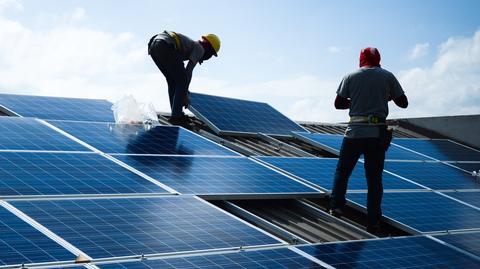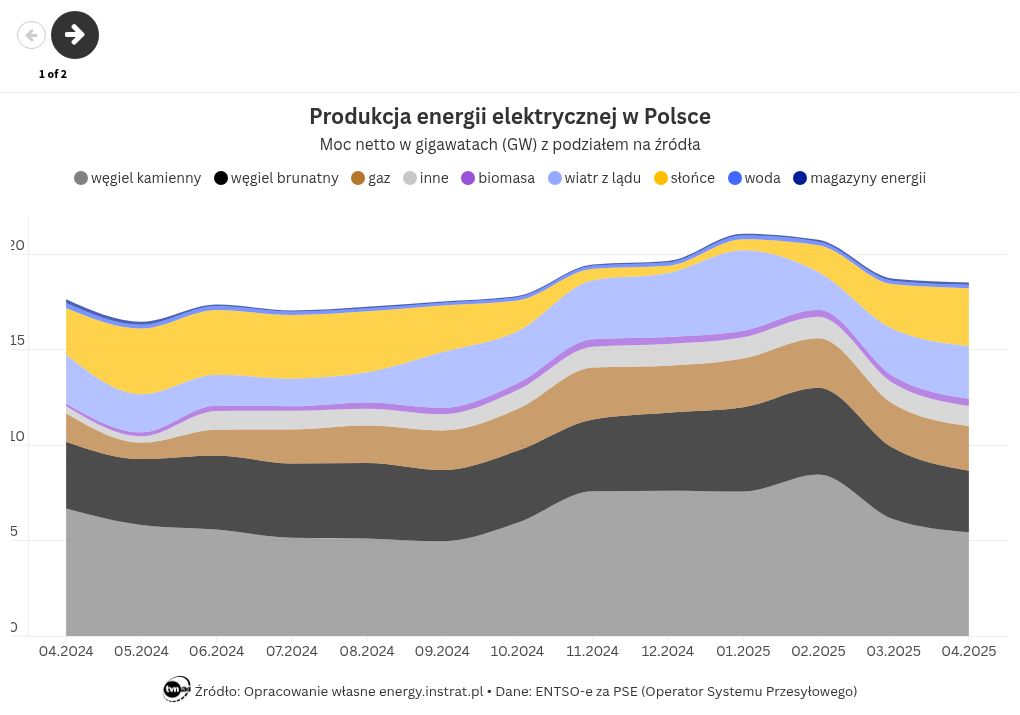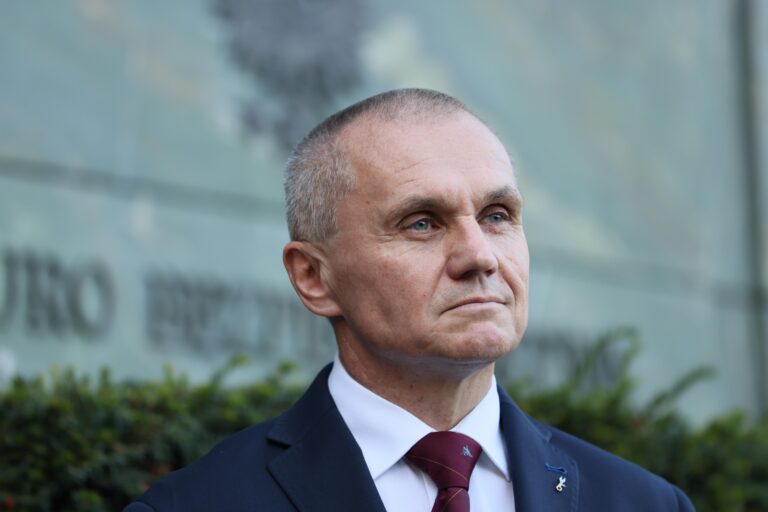Biznes Fakty
Photovoltaics. Is the investment still profitable? Energy storage, settlements after changes in regulations

With rising electricity costs, numerous individuals are questioning the value of investing in photovoltaic panels. Concerns are partly linked to the billing system that has been in place for three years—net-billing. We consulted experts to determine if investing in solar energy is currently worthwhile.
Data from the Energy Regulatory Office indicates that by the end of 2024, the total count of registered micro-installations utilizing renewable energy sources surpassed 1.5 million nationwide, predominantly (99.7%) comprising photovoltaics.
Simultaneously, the statistics for 2024 reveal a decrease in the growth rate of micro-installations. „In 2022, the number of micro-installations surged by approximately 41% year-on-year, in 2023 – by around 15%, and in 2024 – merely by 10%,” states URE. One contributing factor may be the alteration in the billing model for electricity produced by the panels.
– Germany stands at the forefront of solar energy production, having introduced photovoltaic farms there many years ago. Presently, Germany has entered the photovoltaics 2.0 phase, characterized by the replacement of all their farms. (…) The old panels are being loaded onto trucks and transported to Poland,” noted Jarosław Jabrzyk from „Superwizjer” on TVN24.
Watch the „Superwizjer” feature: Millions on old German photovoltaics >>>
Transition in the billing system
As of April 1, 2022, a new billing framework for prosumers, net-billing, succeeded the previous net-metering. Individuals who submitted connection requests for micro-installations before the end of March 2022 can continue utilizing the prior system for an additional 15 years. The others must adopt the new system.
Net metering operates on the basis of energy units only—allowing for a specific number of kilowatt-hours transferred to be accrued as a corresponding amount of energy free of charge.
As Kamil Jeznach, CEO of Otovo in Poland, explained in an interview with tvn24.pl, under the previous system, energy consumption typically occurred in real-time, during solar production. He emphasized that it resembled a „type of energy barter.” – For energy contributed to the grid, prosumers received 80% of its value in returned power. For instance, by supplying 1 kWh of energy to the grid, the user would get back 0.8 kWh – stated Jeznach.
Net-billing implements settlements based on market prices. The demand for energy or additional fees, including distribution charges, often results in the cost of purchasing energy from the system being greater than the proceeds from selling the electricity produced by the prosumer.
– Net-billing sets settlements in złoty, not kilowatt-hours. Energy generated and utilized for personal consumption remains free. Surpluses sent to the grid are settled based on prices from the Polish Power Exchange at that moment. As prices are low during peak solar production hours (around 10 groszy per kWh), they can be zero or even negative due to high supply, while in the evening, when energy is drawn from the grid, prices are considerably higher (e.g., PLN 1.10 per kWh), leading to rapid depletion of funds in the prosumer’s account. Winters present particular challenges, when energy production is low,” remarked Kamil Jeznach.
Bartłomiej Derski from the WysokieNapięcie portal assessed that the billing method change in 2022 „was essential.” – Those who invested in photovoltaics essentially ceased paying for electricity distribution, even though they still consumed it, thus their costs were partially covered by other energy users without photovoltaics – he elaborated during an interview with the business editorial team of the tvn24.pl portal.
However, he pointed out that „it is no longer as straightforward to profit as it was under net-metering, the former surplus energy settlement system.” – It is now more challenging to predict how much we can sell our electricity to the grid for, how much we will buy it back for, and whether we can maintain that balance – the expert highlighted.

Energy storage solutions
A potential solution could be an energy storage system, which captures electrical energy for later use. – By integrating photovoltaics with an energy storage system, the billing process simplifies, as less energy is fed into the grid and more is utilized for personal needs. This eliminates the uncertainty surrounding the resale price of energy to the grid – assessed Bartłomiej Derski.
The expert noted that energy storage is co-financed under the „Mój Prąd” program alongside photovoltaics. – It is essentially mandatory now – he noted.
The requirement to purchase a storage system applies to installations registered for grid connection from August 1, 2024. The sixth edition of the program
Źródło



